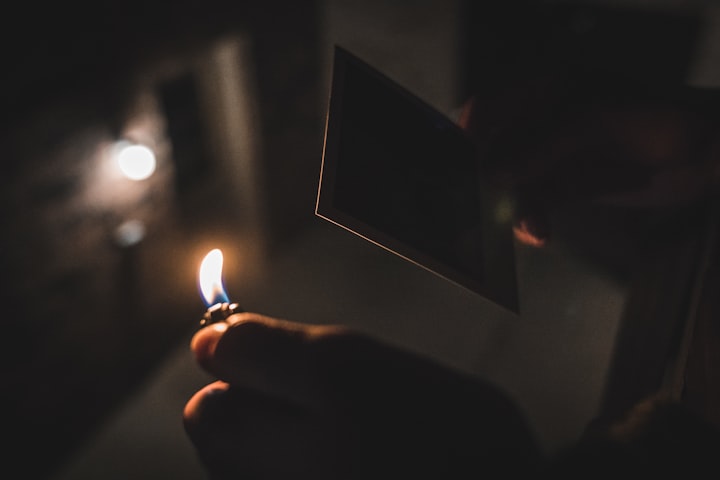Native Plants of Eastern Washington
Trees, Flowers, and Shrubs

Native Plants of Eastern Washington
Sometimes when flipping through books,
I’ll stumble across an old note.
This particular note was in cursive;
it was from a friend I hadn’t talked to in years:
“Before you start designing your garden,
walk through the desert in spring.
Plan a trip to look at wildflowers,
use native plants as part of your break
to stop wildfires.”
—
The note continued on like this, hinting
of a secret world beyond the Columbia Basin.
—
“Is the soil sandy? Does it contain
a lot of silt, maybe clay? Group
plants together that like the same
amount of water. Pick perennial plants
native to your ground; go and be deeply
rooted in the rolling hills, steep
river canyons, and the tall
and sinuous ridges.
—
Let yourself drift into the valley
of the lost ruby-white sprites.
The Western juniper will guide you:
it’s an evergreen with cinnamon to gray-brown bark.
The Ponderosa pine has a lot to say
with its long needles
and orange-brown hue.
Don’t get too alarmed by the needles
and thorns of the forest. Pine’s
scent is pleasant, and it invites
you to go deeper into the mysteries
of the native flora and fauna.
—
Keep your eyes open for fantasy:
the Quacking aspen romances onlookers
with its heart-shaped leaves — those leaves
loving to flutter in the wind
as if gasping for air.
The Quacking aspen will hypnotize
with a special charm:
leaves that turn gold during autumn’s song.
—
Before you leave the fairy haven,
take some bark from the chokecherry —
use it to ferment a drink. Use the tree’s
white flowers and red fruit for a hot tea.
The hawthorn forms
in the thickest thickets, and the water birch near it
is smooth and dark, like the reddish-brown fur
of a plump magic fox.
—
Ask the woman in the white dress, a relative
you once knew but died years ago, ask her
to make you a bouquet
of white yarrow, orange Munroe’s globemallow,
yellow Carey’s balsamroot, and purple
hoary aster. Slip those big pink flowers,
the Bitterroot, behind your ear.
Eat the honey from the jar,
let it sweeten your breath
and then paint your lips
with the pink petals of thread-leaved daisy.
—
Sleep in a meadow of silky lupine,
the blue-white flowers with silvery leaves —
it’s the flora darling of the moon and her hound.
—
When you tire of flowers
and heart-shaped leaves,
amble to the fields of Idaho fescue —
the dense clump of delicate yet graceful
blue-green leaves liken moisture,
so pack an umbrella and rain boots
to make it through the grassy carpet.
—
Run when the bluebunch wheatgrass
bursts into flames. Keep running,
and running, and running,
little traveler, you need to run
while the world burns and burns.
It does its cyclically waxing
and waning of flames
to make ashes and refresh
the wilderness-scape.
It’s a fire soliloquy
to hear its own thoughts
after all the chatter
from the woodland folks.
—
Step into the green light of the fairy glow, float
down a river until you spot
evergreen groundcover, white baby flowers,
and red berries. Kinnickinnick.
The special shrub used for medicines
and herbal recipes. A word so lovely,
it needs to be said a second time.
Kinnickinnick.
—
Stumble, sweet traveler, into
the multiple stems of shrubs
from hazelnut, red-osier dogwood,
and elderberry. Kiss the sumac
of the Fairy King’s garden. Take some
sumac with you, dye
your palest dress.
—
Your sad pale number on the hanger
will look better in a deep, lively red.
—
Dozens of teen angels will wait
at an arch of branches;
they’ll wait for you, they’ll beg you
to stop with your indulging. ‘Stop’,
they’ll say,
‘and go back to the lanes
where your mother and father
dreamed of you
before you were born.’
—
I promise if you get lost long enough,
you’ll find this paradise at the Western edge.
It’ll smell fresh with minty scents; it’s adorned in
edible red berries, green leathery leaves,
crunchy nuts, and purple blooms.
The plants sing as morning dew dots their flesh.
—
On second thought,
don’t collect the plants
and take them back with you.
—
Let them grow wild
where the soil knows their names.
—
If you happen to accidentally
take a cutting with you,
dig a big hole,
let the roots hang
without curling up.
—
Fill the hole with water.
Let it drain like a song melting
into your ears.
—
Firm the soil around the roots.
Use drip irrigation
to water the plants.
—
Drylanders tolerate
water better than most.
—
Native plants need little
if any pesticides.
—
Use periodic thinning
to maintain order.
—
And I’ll leave you with this last
piece of advice:
—
The meadow will be waiting for you
when you need a day to escape.”
*** *** ***
Originally published: https://letterpile.com/poetry/Native-Plants-of-Eastern-Washington-A-Poem
About the Creator
Andrea Lawrence
Freelance writer. Undergrad in Digital Film and Mass Media. Master's in English Creative Writing. Spent six years working as a journalist. Owns one dog and two cats.
Reader insights
Nice work
Very well written. Keep up the good work!
Top insight
Heartfelt and relatable
The story invoked strong personal emotions






Comments
There are no comments for this story
Be the first to respond and start the conversation.